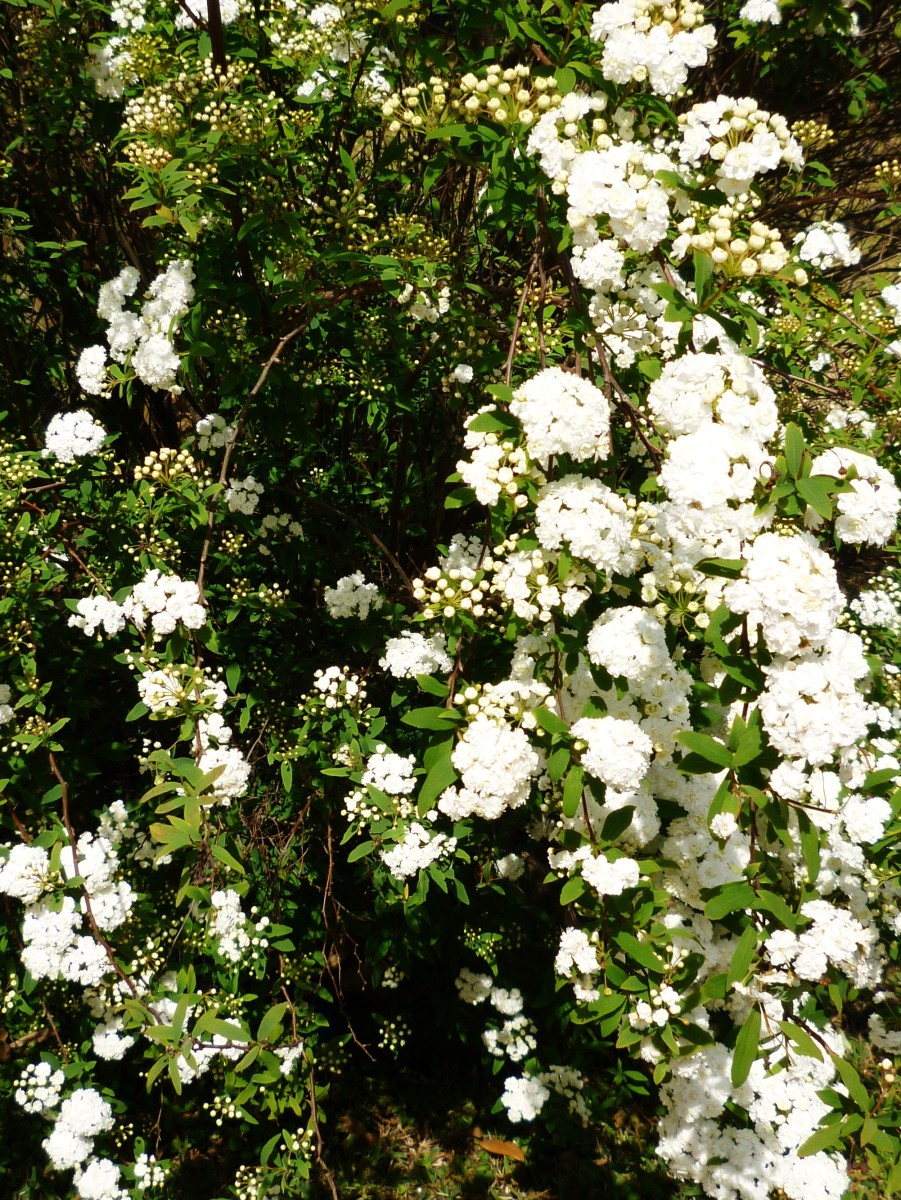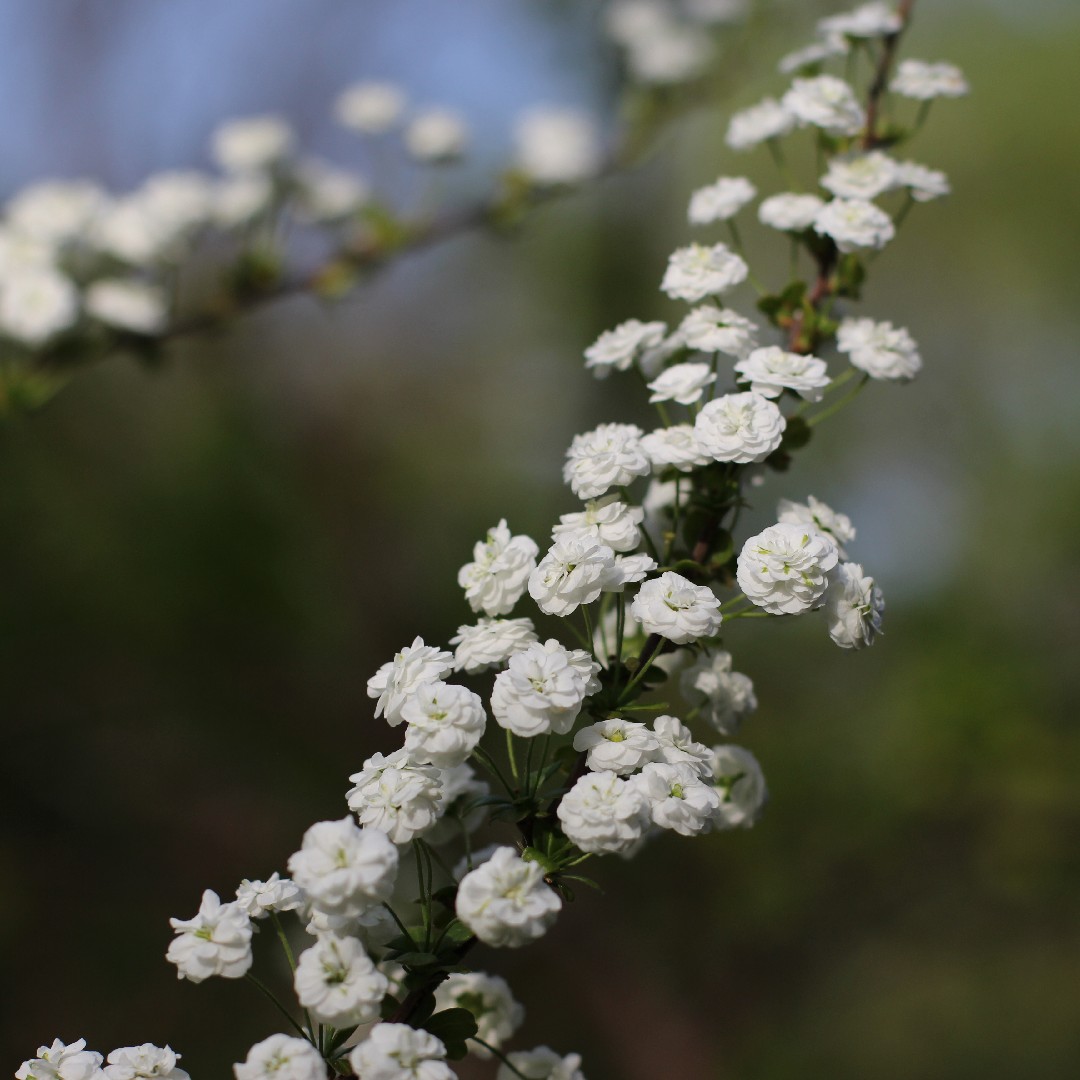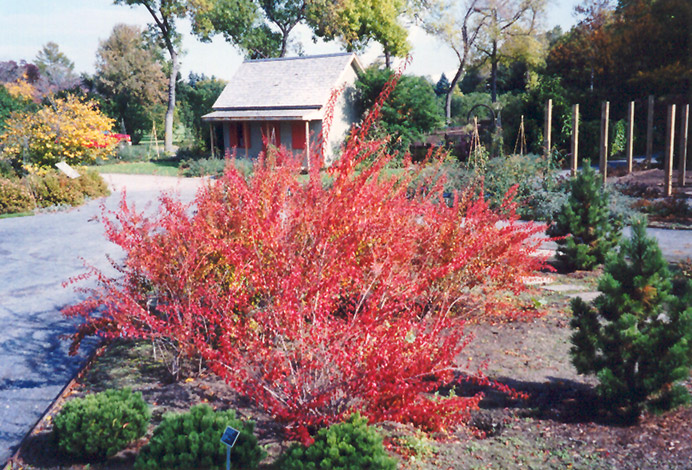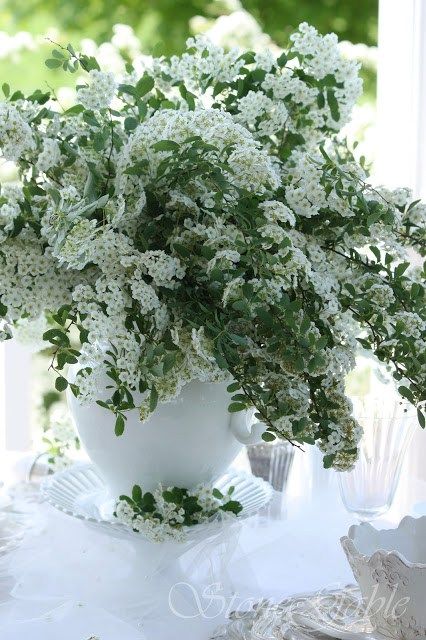How To Grow The Bridal Wreath Plant: A Complete Guide
Introduction
The bridal wreath plant, also known as bridal wreath spirea, is a beautiful flowering shrub that is popular for its delicate white flowers. It is easy to grow and care for, making it a great choice for home gardeners.
In this blog post, we will provide a complete guide on how to grow the bridal wreath plant. We will cover everything from choosing the right location to planting and caring for your plant. By the end of this post, you will be well on your way to growing a healthy and beautiful bridal wreath plant.
Choosing the Right Location
The bridal wreath plant prefers full sun, but it can tolerate some shade. If you live in a hot climate, you may want to plant your bridal wreath in a spot that gets some afternoon shade.
The bridal wreath plant also prefers well-drained soil. If your soil is heavy clay, you may need to add some sand or compost to improve drainage.
Planting
The best time to plant the bridal wreath plant is in the spring or fall. When planting, dig a hole that is twice as wide as the root ball of your plant. Backfill the hole with soil and water well.
Caring for Your Bridal Wreath Plant
The bridal wreath plant is relatively low-maintenance. Water your plant regularly, especially during the first year after planting. Fertilize your plant once a year in the spring with a balanced fertilizer.
Prune your bridal wreath plant in late summer or fall. This will help to keep your plant looking its best and encourage new growth the following spring.
Problems
The bridal wreath plant is generally pest- and disease-free. However, it can be susceptible to powdery mildew if it is planted in a humid climate. If your plant develops powdery mildew, you can treat it with a fungicide.
Conclusion
The bridal wreath plant is a beautiful and easy-to-grow flowering shrub. By following the tips in this blog post, you can successfully grow a healthy and beautiful bridal wreath plant in your garden.
The bridal wreath plant is a beautiful flowering shrub that is native to North America. It is known for its cascading white blooms, which make it a popular choice for landscaping. If you are interested in learning more about the bridal wreath plant, I recommend visiting Home Gardening. This website has a wealth of information about the plant, including its care requirements, growing tips, and pest and disease prevention.
FAQ of bridal wreath plant
- What is a bridal wreath plant?
A bridal wreath plant is a type of spirea, a genus of flowering shrubs. It is known for its cascading clusters of white flowers, which bloom in the spring. Bridal wreath plants are relatively easy to care for and can be grown in a variety of climates.
- How do I care for a bridal wreath plant?
Bridal wreath plants prefer full sun or partial shade and well-drained soil. They are drought-tolerant once established, but they will benefit from regular watering during the first year. Bridal wreath plants should be pruned in the spring to remove dead or damaged branches.
- How tall does a bridal wreath plant grow?
Bridal wreath plants typically grow 3-6 feet tall and 3-4 feet wide.
- How long does a bridal wreath plant live?
Bridal wreath plants can live for 10-20 years.
- How do I propagate a bridal wreath plant?
Bridal wreath plants can be propagated by cuttings or by division. To propagate by cuttings, take 4-6 inch cuttings from the current season's growth in the spring or fall. Dip the cut end in rooting hormone and plant in a pot of moist potting mix. Keep the potting mix moist and the cuttings in a warm, bright location. The cuttings should root in 4-6 weeks.
- Is bridal wreath plant invasive?
Some types of spirea, such as Japanese spirea, are invasive in some areas. Bridal wreath spirea is not considered to be invasive, but it can spread by self-seeding.
- What are some common problems with bridal wreath plants?
Some common problems with bridal wreath plants include:
* Leaf spot: This is a fungal disease that can cause brown or black spots on the leaves.
* Powdery mildew: This is a fungal disease that can cause a white, powdery coating on the leaves.
* Aphids: These small insects can suck the sap from the leaves, causing them to wilt and yellow.
* Scale insects: These small insects can attach themselves to the stems and leaves, sucking the sap.
- How do I treat problems with bridal wreath plants?
To treat leaf spot or powdery mildew, you can use a fungicide. To treat aphids or scale insects, you can use an insecticidal soap or neem oil.
Image of bridal wreath plant
- Bridal wreath in full bloom. The flowers are small and white, and they bloom in clusters.

- Close-up of bridal wreath flowers. The flowers are delicate and fragrant.

- Bridal wreath leaves. The leaves are dark green and oval-shaped.
- A bridal wreath shrub in a garden. The shrub is tall and upright, and it is covered in flowers.

- A bridal wreath hedge. A bridal wreath hedge is a beautiful and easy-to-care-for addition to any garden.

- Bridal wreath in fall. The leaves of the bridal wreath turn a beautiful golden color in the fall.

- Bridal wreath in winter. The bridal wreath is a deciduous shrub, so it loses its leaves in the winter.
- Bridal wreath in a vase. The bridal wreath is a popular flower for weddings and other special occasions.

- Bridal wreath as a border plant. The bridal wreath is a great choice for a border plant because it is low-maintenance and easy to care for.

- Bridal wreath as a groundcover. The bridal wreath can also be used as a groundcover to create a lush and flowering area in your garden.


Post a Comment for "How To Grow The Bridal Wreath Plant: A Complete Guide"